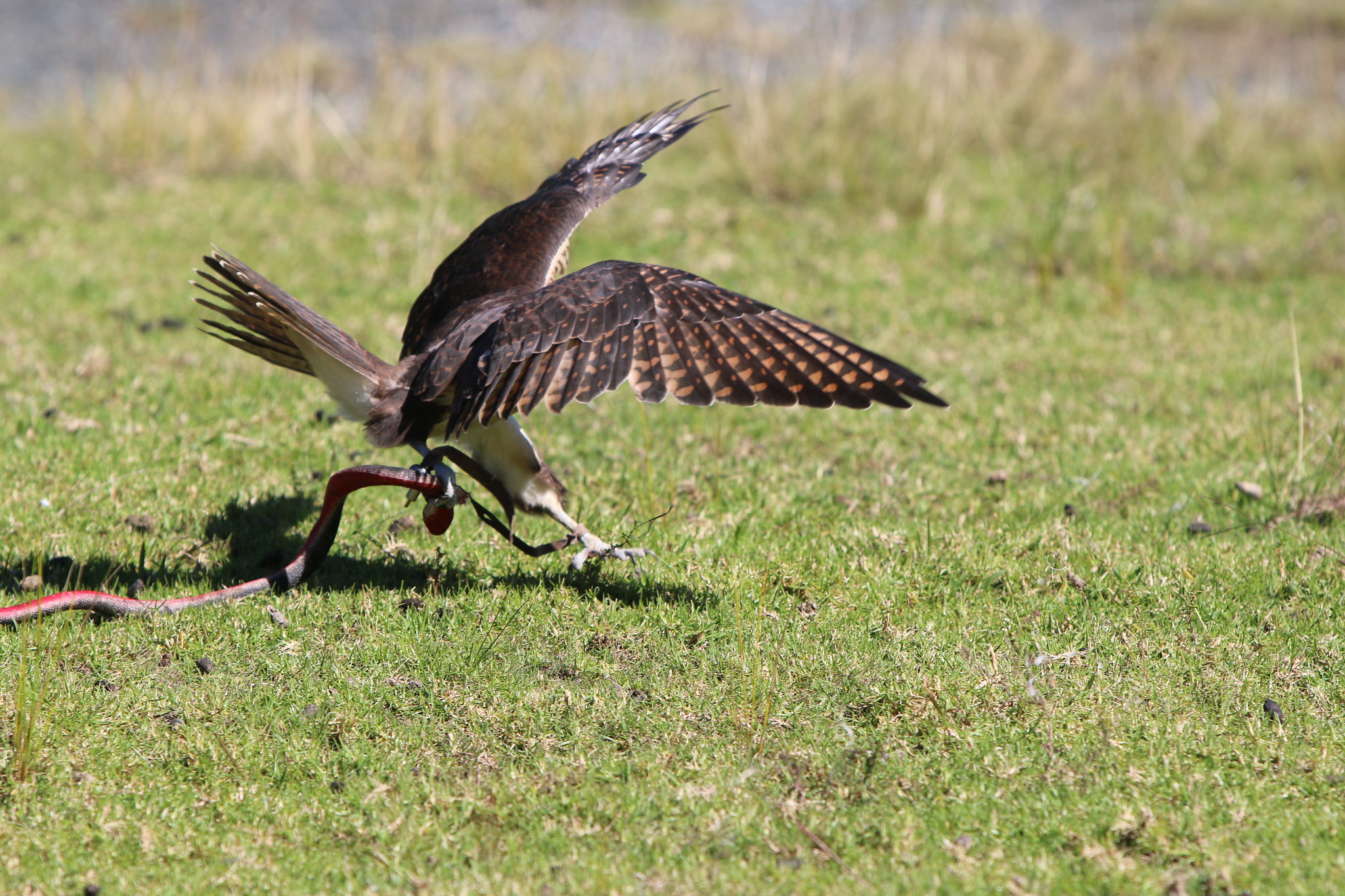Hi all
Apologies for the delay in this week's challenge! Lets get it up and running. Straight forward one this week - lets see birds who are hungry! Share your feeding pics.
Please wait for 1 other post before posting again.
| Term and Conditions | Privacy Statement | Web Support by Gaia Resources Hosted by Serversaurus |  |
Windshear will know where this was taken.
Samford Valley Qld.
This Blue-Faced Honeyeater still has the evidence on his face of what he's been eating.
Weebill with ant
Peter
A Scarlet Honeyeater deciding whether or not I'm starting to get too close or to continue feeding on the Callistemon.
Samford Valley Qld.
Immature Silver Gull eating some left over fish.
M-L
Pacific Gull with fish meal
Peter
White Fronted Chat with Dragonflies (three of them).
I still don't understand how birds collect multiple live insects in their beak?
Samford Valley Qld.
Breakfast is an important meal..
Samford Valley Qld.
That silvereye is banded on both legs. Wonder who's studying them? If you could find out, there might be enough info in the pic - left leg in particular - to ID the individual bird.
Eye contact is so important...
Samford Valley Qld.
I would prefer a bacon sandwich but a plastic red-bellied black snake keeps the tourists happy!
It was so realistic at the time I was all over this like a rash!
Samford Valley Qld.
Brown Quail feeding on grass seed
Cape Petrel about to feed on the burley
Peter
Little Wattlebird enjoying a good feed.
Samford Valley Qld.
Female Fig Bird eating fruit off a Palm Tree
Bar-tailed Godwit with a morsel in its beak
Peter
A Pied Currawong enjoying some apple.
Samford Valley Qld.
Varied Lorikeet feeding
Peter
Noisy Friarbird or sometimes called Leatherhead.
Samford Valley Qld.
Pelicans fighting over a Flathead carcase
Yellow-plumed Honeyeater eating some nectar.
Shorty......Canon gear
Canberra
http://www.flickr.com/photos/rawshorty/
After watching this little family for a while recently, I came to the conclusion that it was just as much about flight school as feeding - each parent would feed first one baby then the other, yet it appeared almost just as much food remained in the parents beak after. They'd then fly a short distance making both little ones zip from tree to tree to catch them, and the remaining food.
West Coast Tasmania
Saw this pelican at Burrum Heads , a fisherman had finished fishing for the day and gave the Pelican his bait fish, was great watching it scoop up the fish
kerry
A Lewin's Honeyeater.
Samford Valley Qld.
A Wedgie dining on some Skippy.
Shorty......Canon gear
Canberra
http://www.flickr.com/photos/rawshorty/
A Black-shouldered Kite swallowing a mouse whole!
An Eastern Osprey making a meal of a flathead (he forgot the chips!)
A fledgling Fantail Cuckoo being fed by host parent, a Tasmanian Thornbill. Which brings me to the question.... as it's usually the smaller Cuckoos (Shining & Horsfield's Bronze-Cuckoos for Tassie) that parasitise the smaller birds nests (ie Superb Fairy-wrens, Thornbills), how did a big Fantail Cuckoo get an egg inside a tiny Thornbill dome nest?? With a very good aim might be one answer .
.
West Coast Tasmania
A nice crunchy beetle for Sunday morning breakfast.
Samford Valley Qld.
From cruncy bug to juicy grub, this female Superb Fairy-wren made sure her meal was tenderised well before enjoying a chow down.
West Coast Tasmania